
As young children embark on their journey into school, they encounter a crucial concept known as the alphabetic principle.
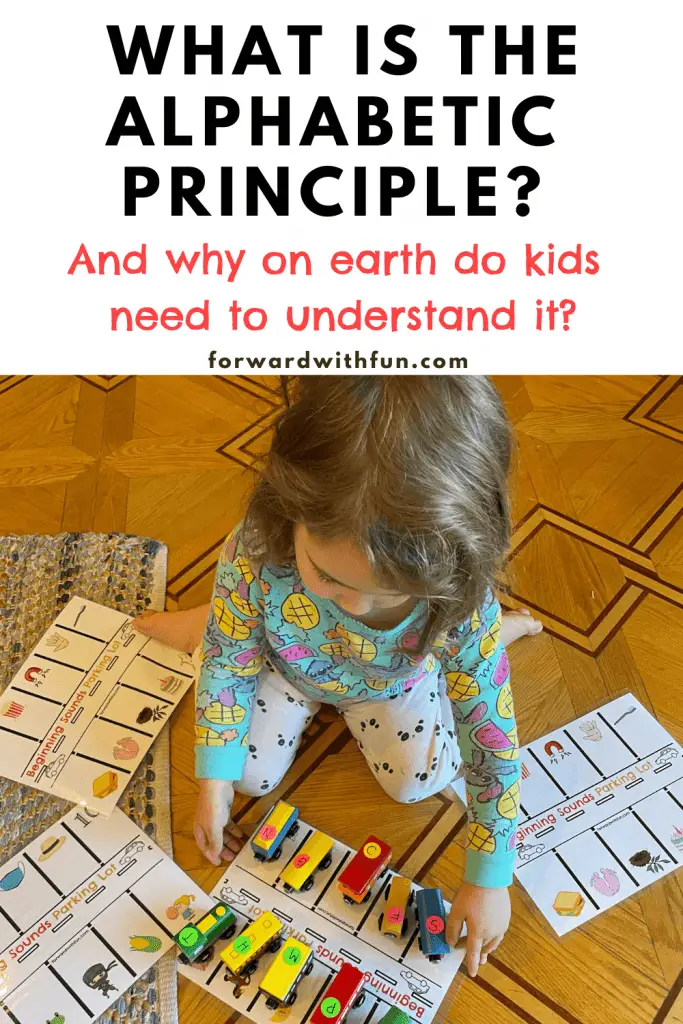
The alphabetic principle is the understanding that there are systematic and predictable relationships between letters and sounds in language.
Basically, it is the idea that what we say and hear can be represented by letters and words! Understanding this idea lays is a key beginning step in literacy development.
*As an Amazon Associate I may get a small commission if you decide to purchase from my links. Thank you.
The alphabetic principle is the recognition that written words are made up of individual sounds, known as phonemes, and these sounds are represented by letters. It is the fundamental link between spoken language and written text.
The alphabetic principle allows children to decode words by associating the sounds they hear with corresponding letters or groups of letters.
The understanding of the alphabetic principle builds 3 essential skills for learning to read and write fluently:
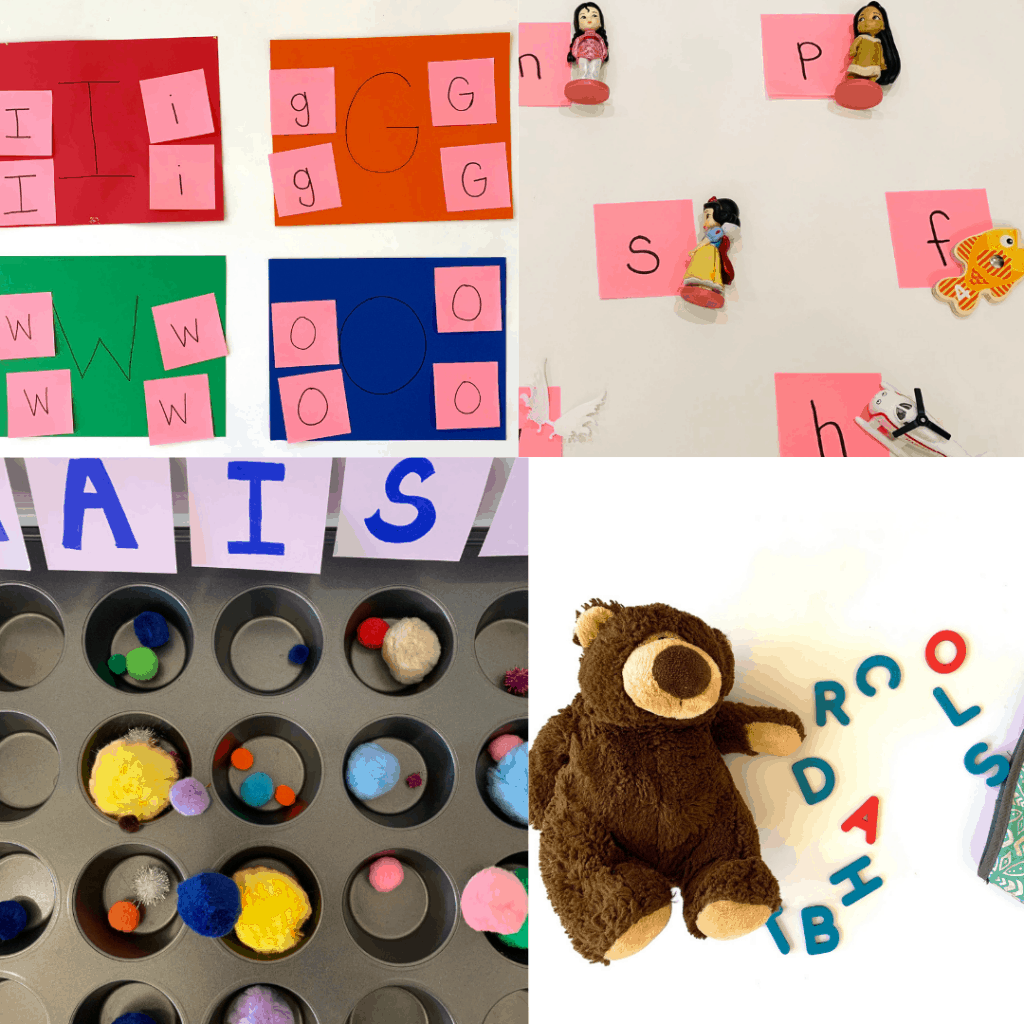

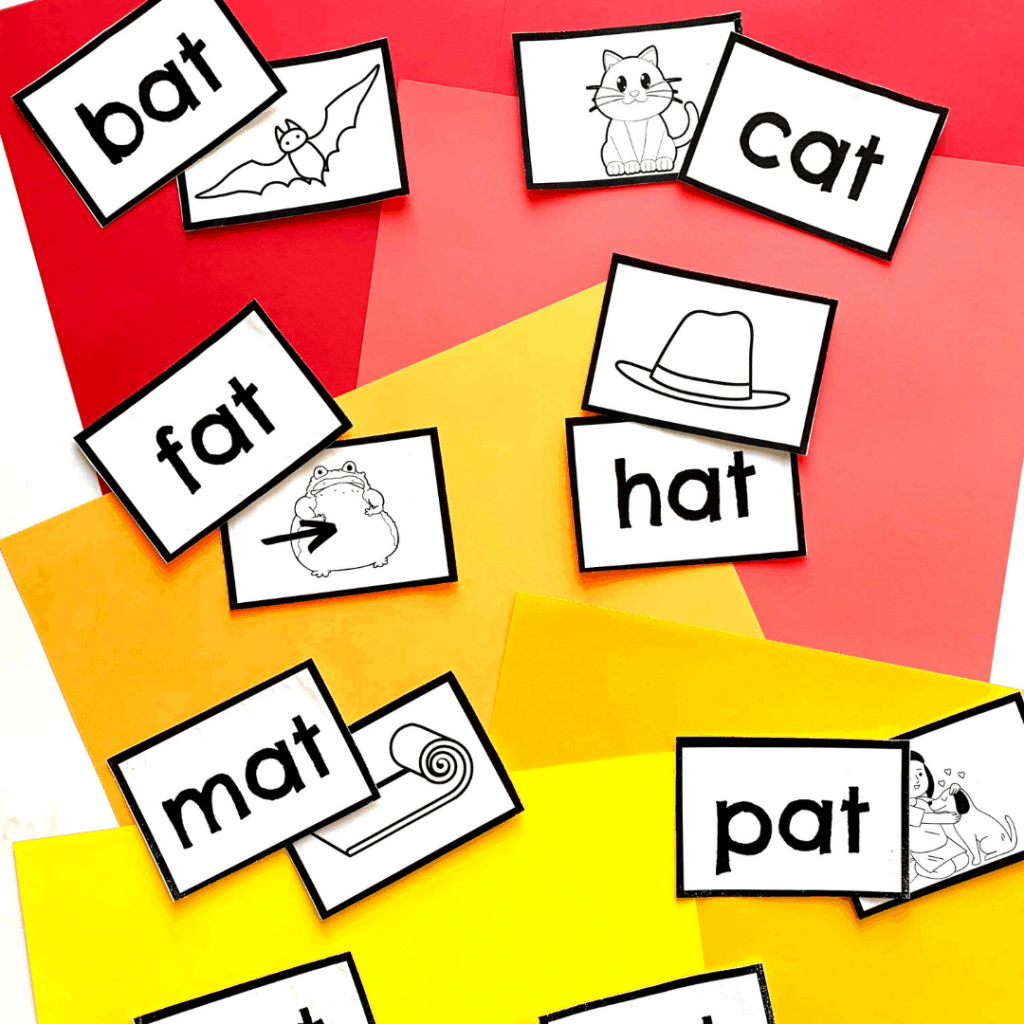
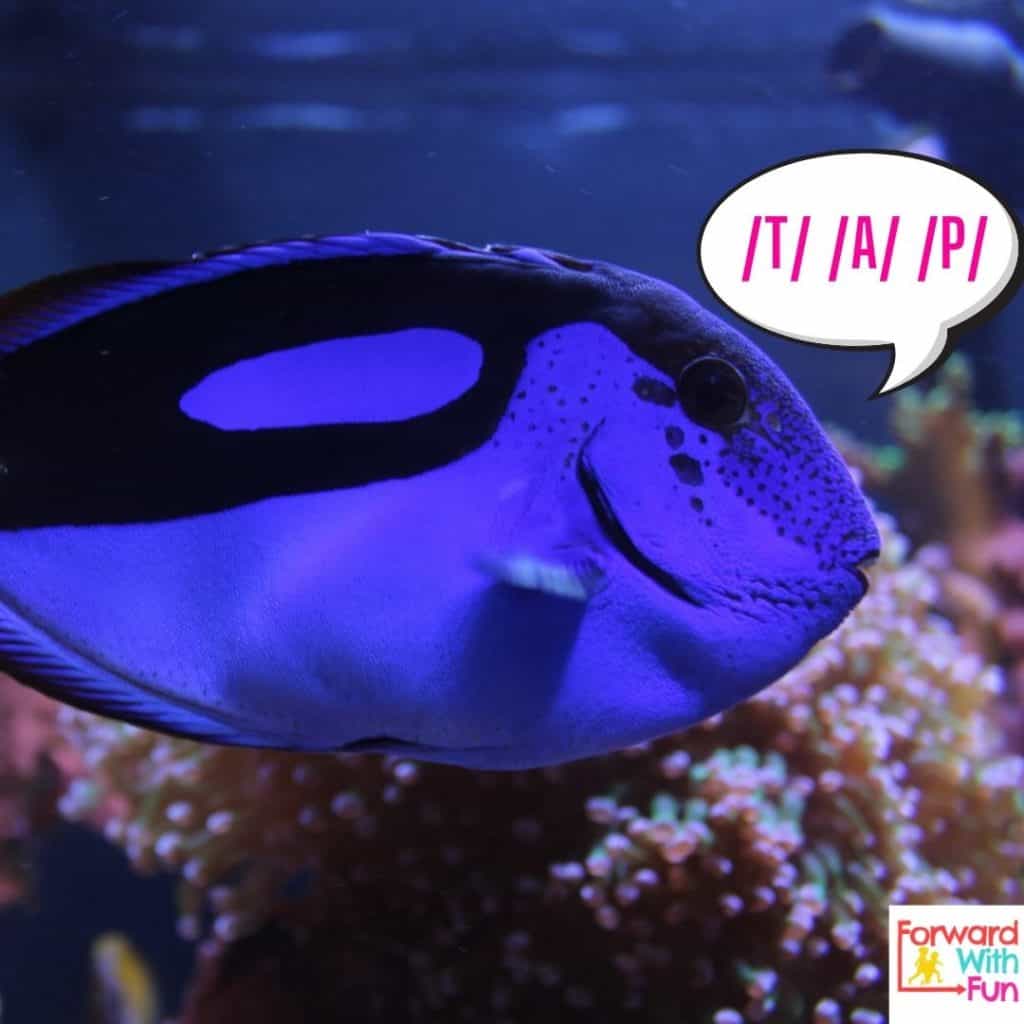

A kindergartner once told me, "Wow, Ms. KZ, the letters are all around us." It was that aha moment, that psychological paycheck that teachers live for. I want to help kids all over the world have success in reading and understanding that truly the world unlocks when literacy is achieved. Here are some more resources to help your little one see the words all around them!
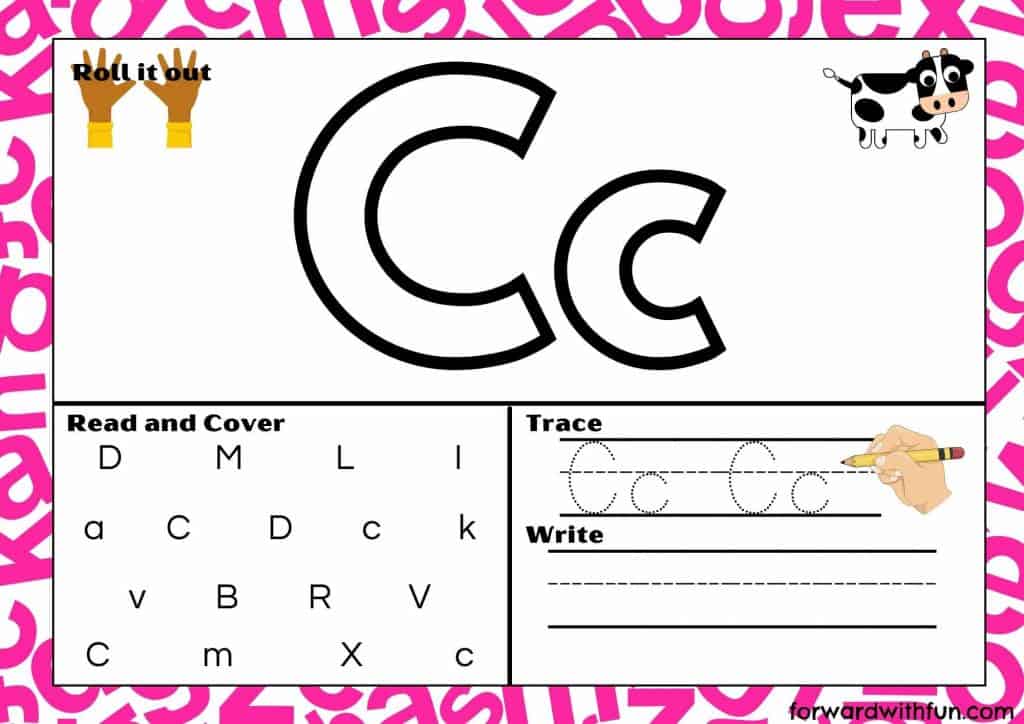
2. FREE Ending sound bingo game to enhance phonemic awareness (click the pic)
3. Beginning and Ending Sound parking lots for car lovers! (This one is $4.50)
Buy now!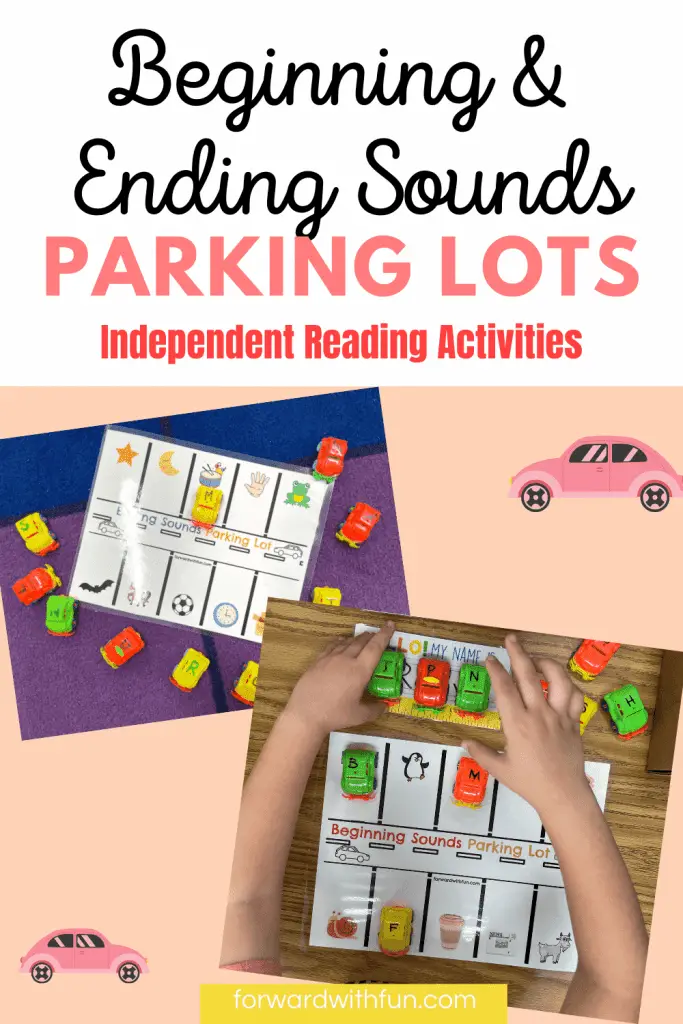
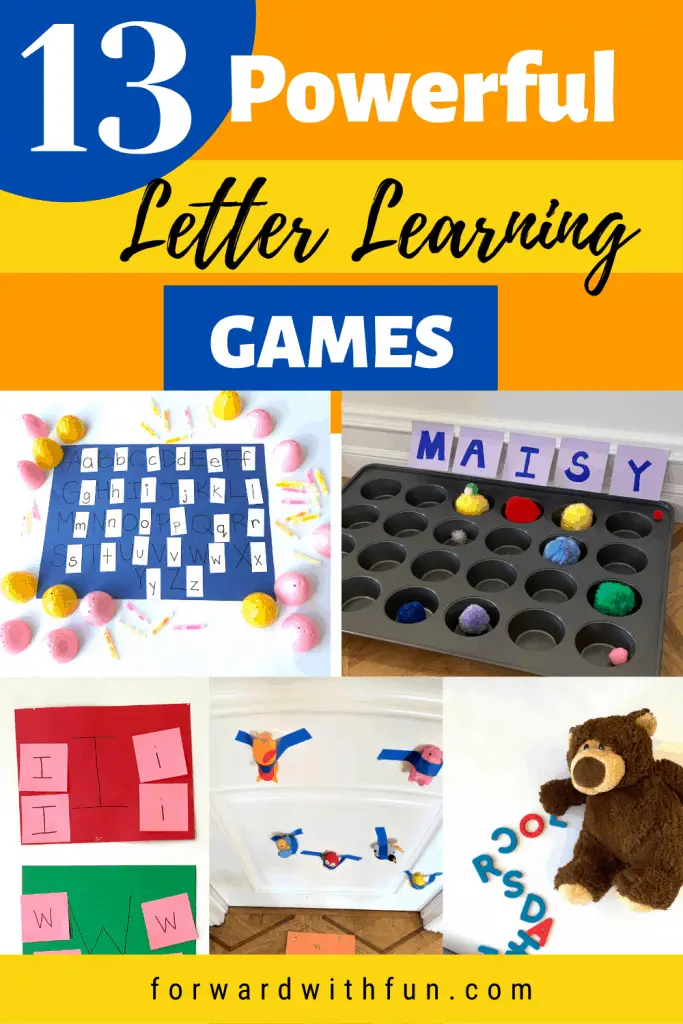
Learning letters is the first step in learning to read. Children in preschool and kindergarten largely focus on letter identification and letter sounds.
While some kids are naturally inclined to learn letters from a young age, others take longer and that's okay.
My mission is to making learning letters and how to read fun and hands on. So if you're looking for a letter sounds worksheet or some alphabet flashcards, this isn't the place.
Instead I'm going to show you my most favorite, hands-on letter learning games so that your kid is just as excited about the alphabet as I am (that's super excited...ahem...kindergarten teacher).
There is not one correct order of teaching letters but instead many different ways to choose which letters to focus on first.
No matter what order of teaching letters you choose, I would recommend only working on 5-7 new letters at a time to avoid overwhelming your child. They'll need lots of repetition for those letters to stick in their minds, so always add in some letters they already know when you're playing these games.
All you need are some Post-its, a fly swatter (or a hand), and you're ready to go. Call out letter names or letter sounds and have your little one jump and swat the letters. You can use numbers too!
Hide toys around the house or even just on a door with blue tape. Invite your child to play by telling them that the Toy Thief has stolen their precious toys and they, and they alone must rescue them.
At the rescue station, toys must be matched with their beginning sound, reinforcing the letter sounds while also working on phonemic awareness!
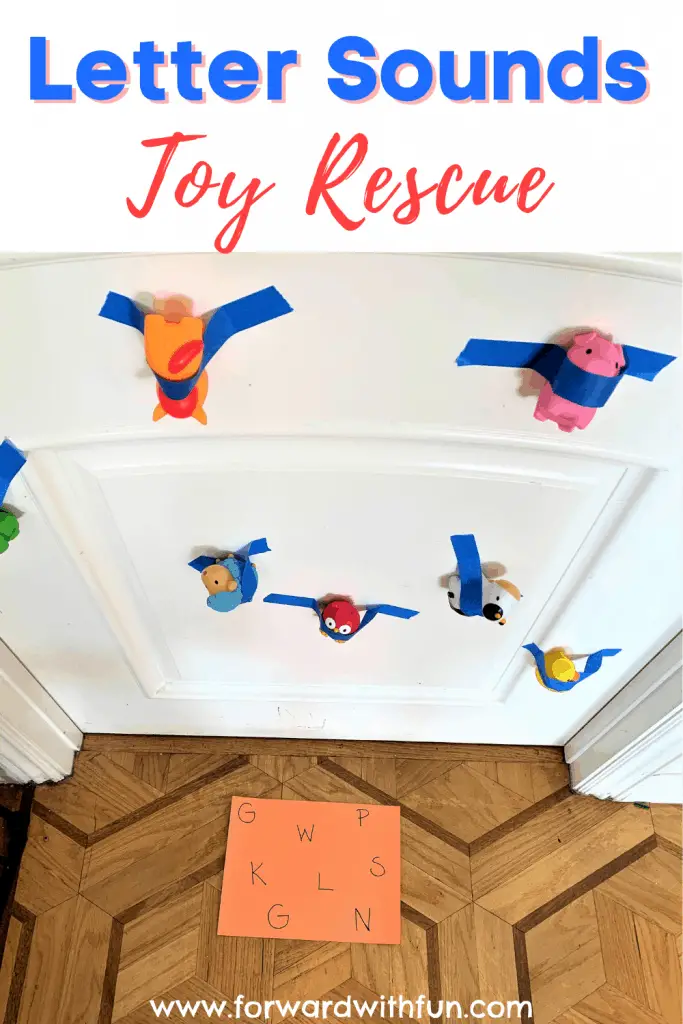
Got salad tongs? Blue tape? Any container? Combine with letters for this fun challenge!
It's simple, really...call out the letter sound and have your child pluck the corresponding letter from the container below, maneuvering through the blue tape.
It's a wonderful chance to practice fine motor skills as well!

Active kids don't like to sit to learn. Try Letter Sounds Stomp to get your child smashing their way to all their letters and sounds.
Got some tricky letters that continue to confuse your child? Pick out those 5 or so letters they're learning and place them on Post-its for this surprising little game that kids love!
Much like my very viral Pinterest post for teaching Sight Words, you can place letters on Post-its, lining them up with a muffin pan.
Throw the poms poms at the muffin pan and yell the letter name and sound! Kids and adults love this hands-on learning game that happens to also improve your aim.
Loving learning letters yet?
Pick out those target letters your child is working on and write them separately on a piece of construction paper. Hide 4 Post-it notes of the same letter around your home and have your child seek out those Post-its.
As your child matches the Post-it letter to the matching construction paper letter, they say the matching letter sounds!
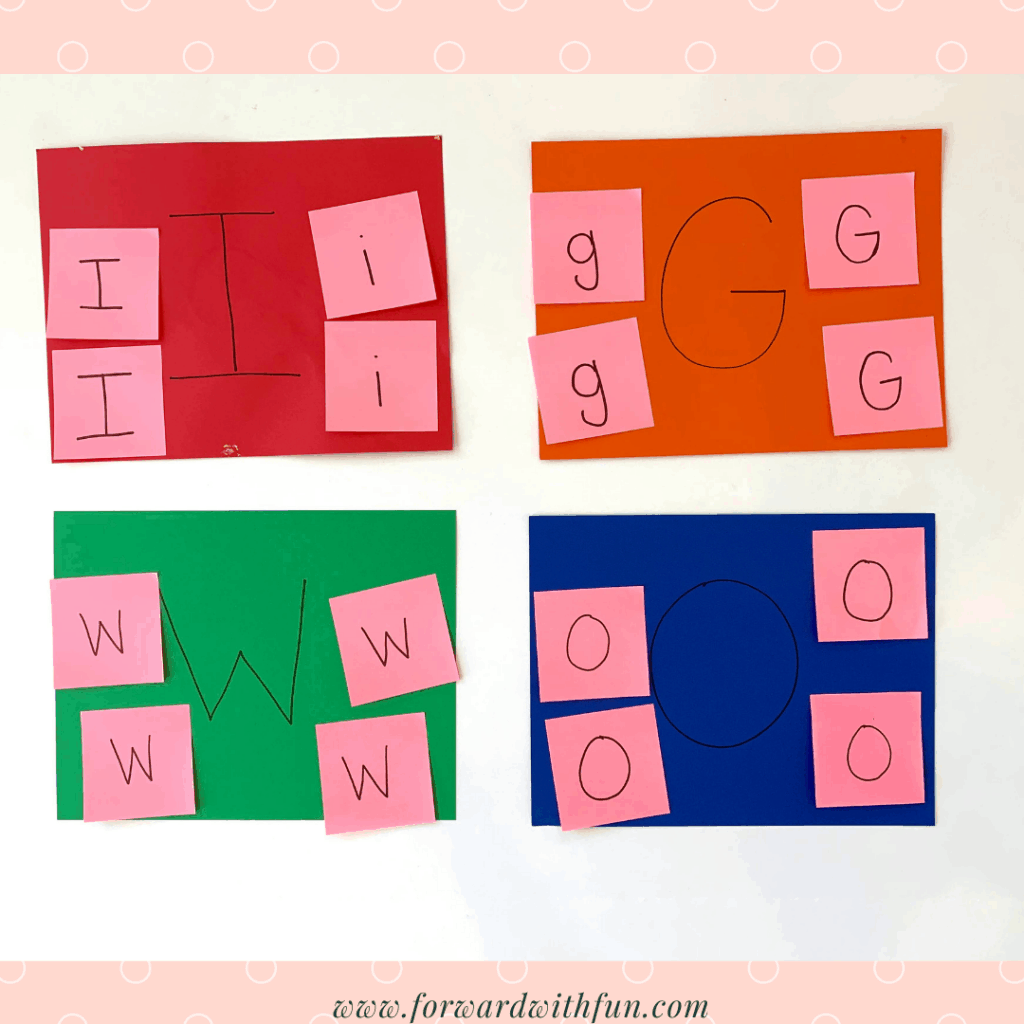
Surprise! Your favorite stuffed animal is going on a trip, but you need to pack some intriguing objects for it!
Place different letters in a bag. Take turns pulling out different letters and searching around the house that you can pack that begin with that letter sound.
Place the item with the letter and pack them for Bear's trip! Bon Voyage!
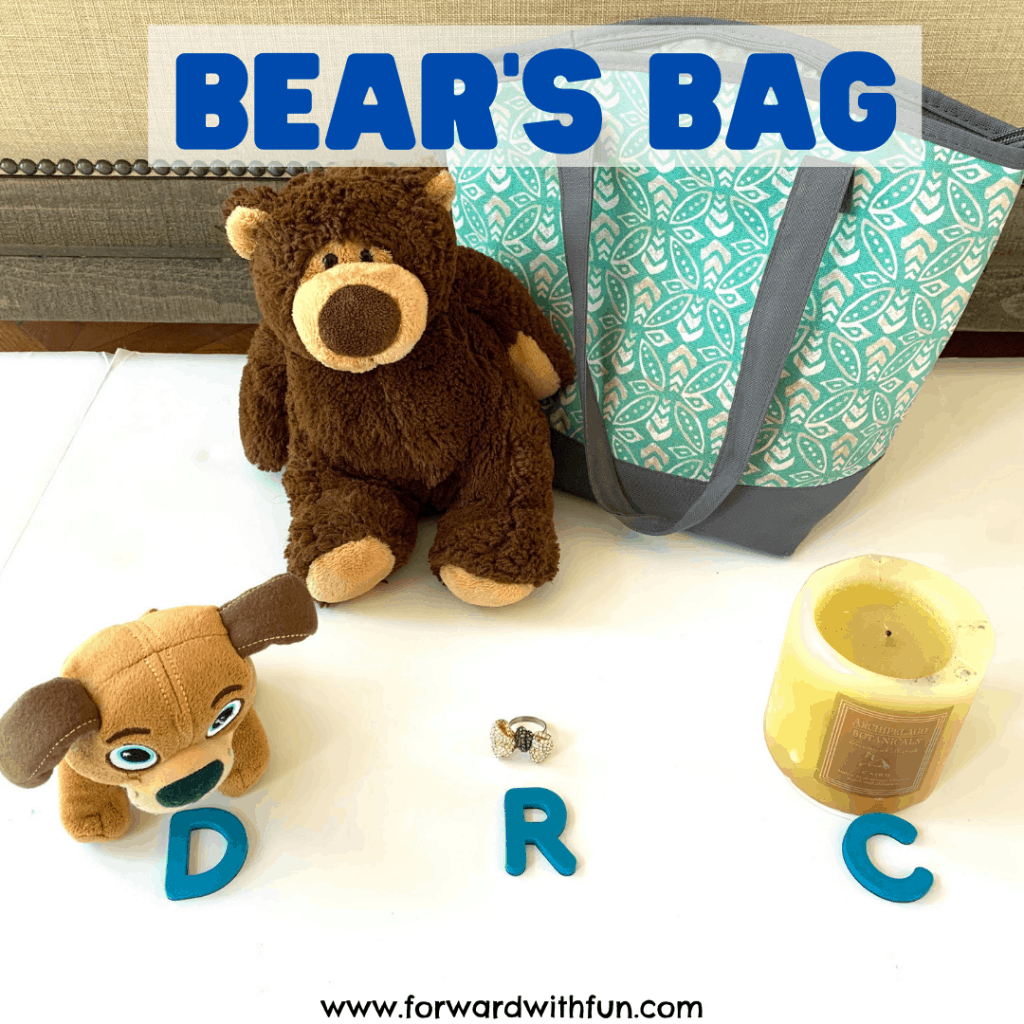
Learn letter sounds as Bear packs for a trip!
In this creative game, kids rescue their toys from under a laundry basket, unlocking the "code" by writing the letters that match the beginning sounds for each item. Genius!
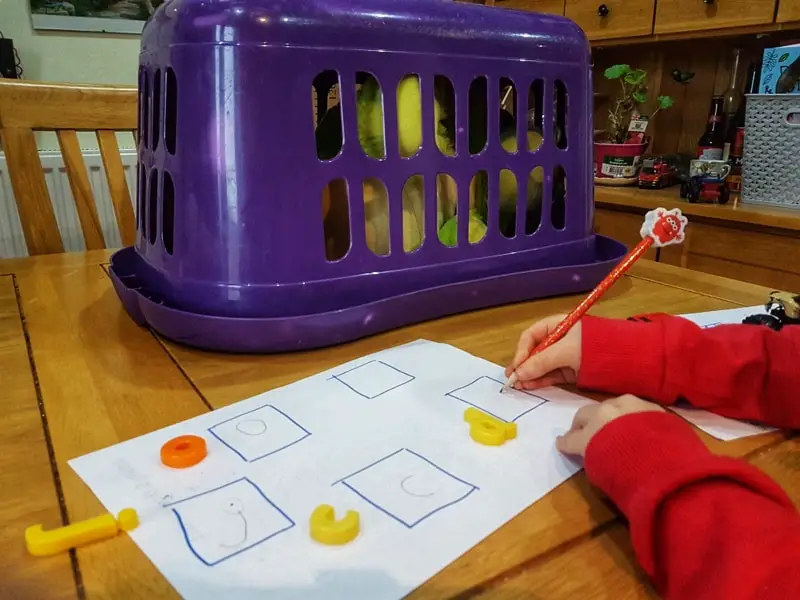
Got some blue painters tape? Create some zig zags for your child to traverse. Along the way, place some Post-it notes with letters they're learning on it.
Give your child a way they must cross the path: tip toe, jump, hop on one leg, walk, skip.
Each time they come to a letter, they need to stop, name it, and say it's letter sound.
Do your kids love trains and cars? They can even use their vehicles to traverse the zig zag path encountering letters as train stations or stop lights.
Take the fun outside with some chalk and play this silly, active hands-on learning game from The Imagination Tree. Draw letters on the ground and have children jump on the letters you name!
Grab those plastic Easter eggs and get ready for the most epic letter learning experience. Match the letters in the eggs to the mat, and we even added a secret ingredient! WOW!
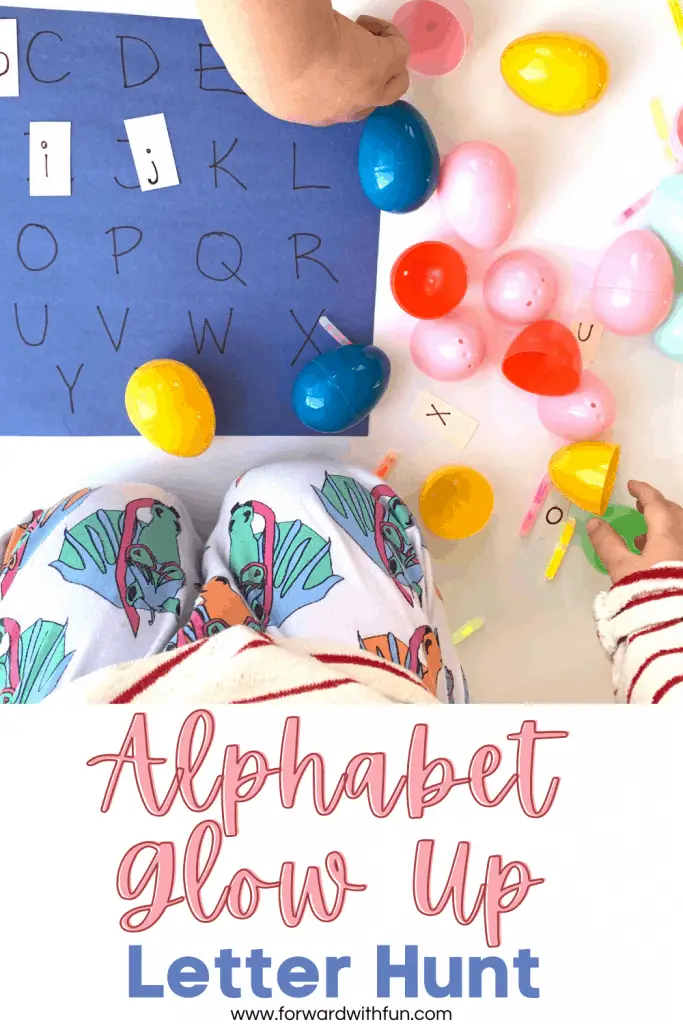
Practice matching letters with lowercase and capitals in this sensory soup bin that will keep even toddlers engaged!
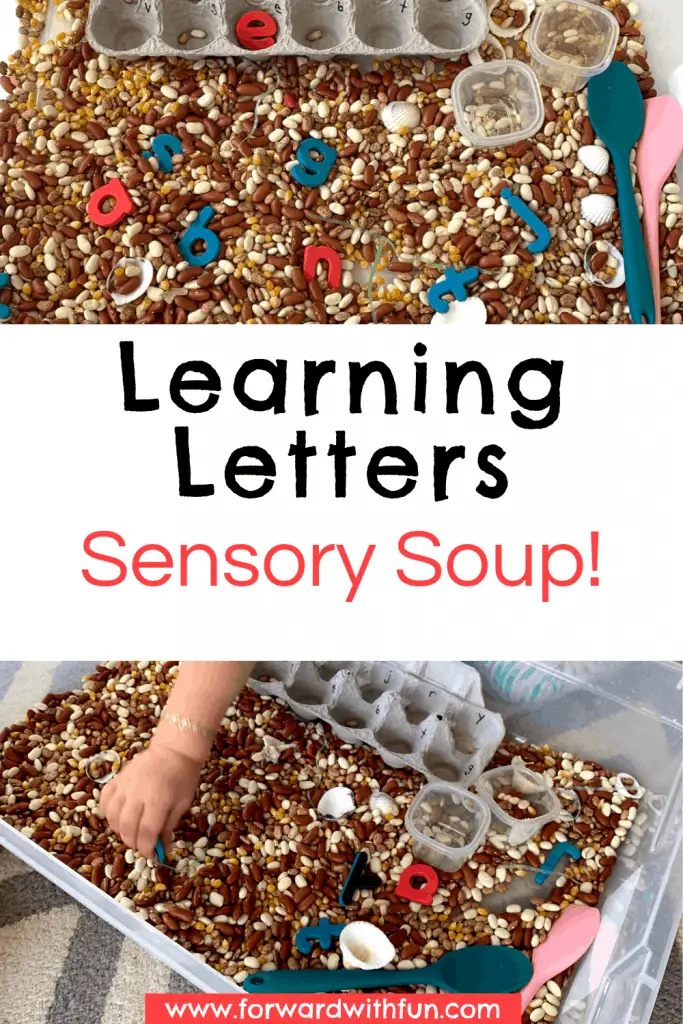
The newest addition to this list is a complete set of alphabet playdough mats. This activity promotes learning letters in 4 different ways and includes sensory, tactile, fine motor, and reading/writing in every single mat.
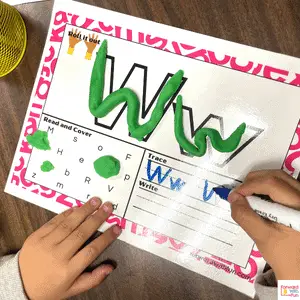
Searching for beginning sounds worksheets? You won't find those here. My goal in creating Forward with Fun is all about using play to create unique and memorable learning. Kids are more likely to engage and remember new skills when they are actively participating in experience, especially if it's a game! That's the secret to getting kids to LOVE learning!
Isolating beginning sounds is part of a set of early reading skills called phonemic awareness, the understanding that words are made up of sounds. When kids connect a specific sound to a letter name, that is called phonics.
*As an Amazon affiliate, I may get a small commission for purchases made through links in this post.
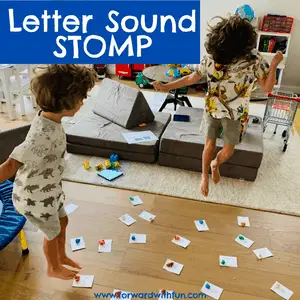

I'm sure the set-up laid out before your child is sure to inspire and delight them. To invite them to play share your Bag of Items.
As you pull items out, one at a time, ask your child whaat sound they hear at the beginning of the word, then find the matching letter on the ground. Once they find the letter that makes the beginning sound of that item they can jump, hop, or STOMP the Play-doh ball next to it!
Here is an example from our beginning sounds STOMP game.
Me: What's this? A hammer. What sound do you hear at the beginning of the word hammer?
Big Sis: /h/ /h/ Hammer.
Me: What letter makes the /h/ sound?
Big Sis: The H!
Me: Alright, let's stomp the H!
If your child doesn't know a letter sound, remind them. No big deal. We love to sing this phonics song we heard from a Leap Frog toy, "The B says /b/. The B says /b/. Every letter makes a sound. The B says /b/." If they don't know any letters, start with 2-3 objects. You can always simplify a game so they can still get important practice in with beginning sounds without knowing many letters names.
Before starting kindergarten, kids should be able to write their names and name some letters and sounds. (To grab your FREE kindergarten readiness checklist, check out this post.)
Mastery of all letter names and their corresponding sounds are expected at the end of kindergarten, according to USA Common Core standards:
CCSS.ELA-LITERACY.RF.K.1.D
Recognize and name all upper- and lowercase letters of the alphabet.
CCSS.ELA-LITERACY.RF.K.2.D
Isolate and pronounce the initial, medial vowel, and final sounds (phonemes) in three-phoneme (consonant-vowel-consonant, or CVC) words.1 (This does not include CVCs ending with /l/, /r/, or /x/.)
When your child starts showing interest in books and the words on the page, you can begin pointing out letters. This can be as early as 2 or even as late as 4 years old. All kids are different and show interest at different ages.